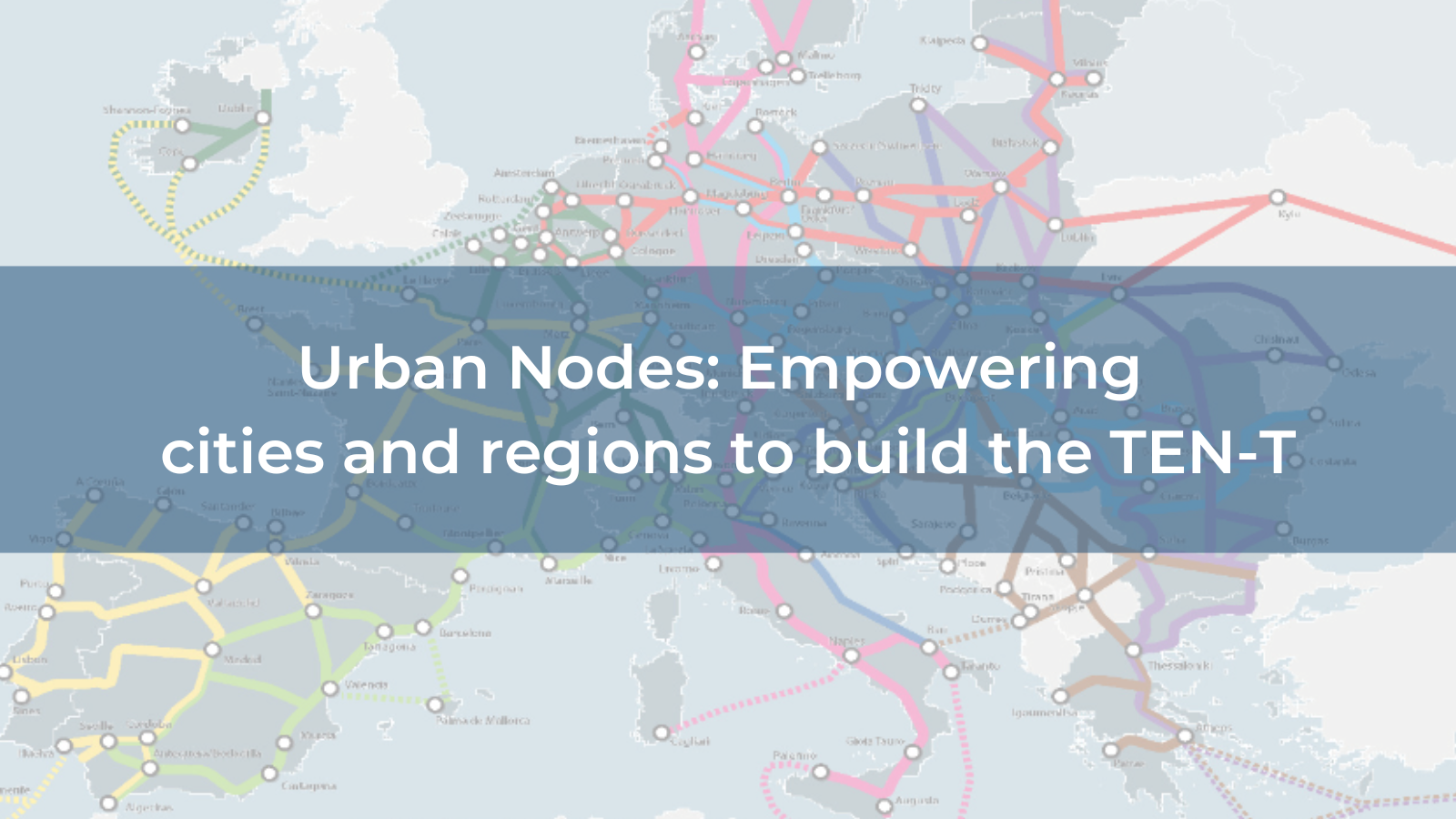
Local and regional authorities networks call for greater support for Urban Nodes to ensure success of the TEN-T
During the Connecting Europe Days 2024, the Urban Nodes Alliance, a collaboration between leading European networks of regions and cities and Territorial groupings, published the position paper ‘Urban Nodes: Empowering cities and regions to build the TEN-T’. The paper outlines recommendations for the necessary governance and funding requirements to ensure Urban Nodes can perform the vital role assigned to them within the network.
Over the past years, ERRIN has followed closely the revision of the Trans-European Transport Network (TEN-T) regulation. In collaboration with the POLIS network, ERRIN has organised several meetings and developed input papers and proposed amendments focusing on strengthening urban nodes and innovation within the TEN-T regulation.
The position paper underlines the importance of TEN-T as a driver for improving European mobility. It stresses the crucial role of local and regional authorities in fostering smoother transitions and connections between different transport modes of people and goods.
The new TEN-T approach identifies 431 Urban Nodes along the network. By 2027, each urban node is expected to have a Sustainable Urban Mobility Plan (SUMP) in place, serving as a long-term integrated plan encompassing all aspects of mobility and connecting related policy areas within a functional urban area. The new TEN-T Regulation will serve as the foundation for assessing investment needs and will orientate the Connecting Europe Facility (CEF) under the next Multiannual Financial Framework.
The Urban Nodes Alliance is a collaboration between several organisations, including the EGTC Rhine-Alpine Corridor, emta, ERRIN, Eurocities, POLIS Network, and the Scandria Alliance. The alliance benefits from the insights provided by the Horizon Europe Projects Move 21 and Scale UP. The working party responsible for drafting the document has been chaired by Île de France.
Take a look at ERRIN's previous work on TEN-T:
- Transport WG joint event with POLIS on urban nodes in the revised TEN-T regulation – July 2023
- Updated regulations and financial instruments: POLIS & ERRIN explore Urban Nodes in the TEN-T – July 2023
- ERRIN-POLIS opinion on the revision of the TEN-T guidelines – May 2022
- Transport WG meeting: Presentation of the 2023-2024 Horizon Europe calls and updates on the ERRIN-POLIS opinion on the TEN-T regulation – September 2022
- ERRIN-POLIS opinion on the revision of the TEN-T guidelines - May 2021
- ERRIN opinion on the revision of the TEN-T guidelines - June 2020
- Gaia Ialisa Marotta
- 03/04/2024
-
Members
-
Working Group
